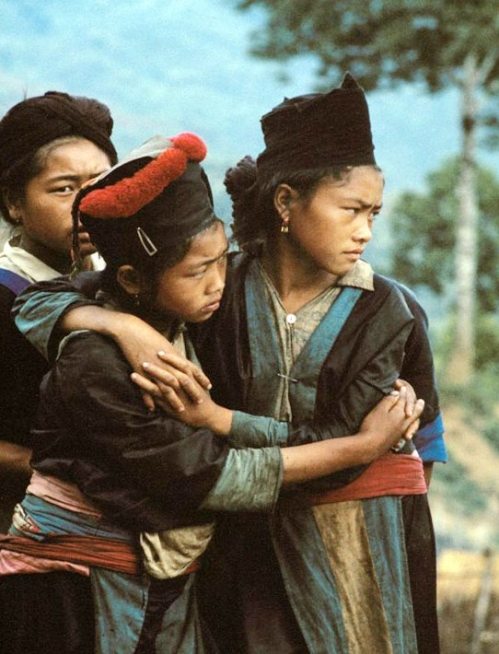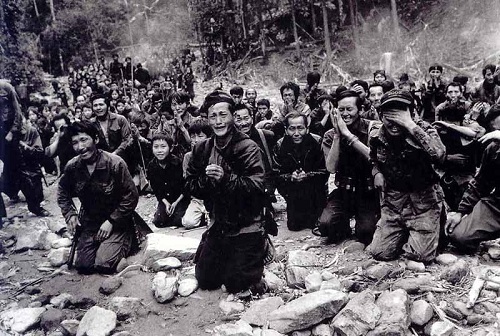Written by Padra Chang ‘20
This will be a three part series on the Hmong history and my adaptation in the United States.
PART 1
My Family History
A little bit about myself, I was born in the United States into a low-income family. All of my siblings are all first-generation students in college and I am the last one to enter college. My parents were refugees during The Secret War before coming to the United States in 1995. I have five older siblings, four brothers and one sister. I am the youngest of the five, and my family currently resides in Minneapolis, Minnesota. All of my older siblings were born in either Laos or Thailand, except for my fourth oldest brother and myself who were born in the United States. However, my siblings and I were all raised in Minnesota.
My parents never talk in detail about what happened during The Secret War. My mother would only tell me about how my maternal grandfather was killed by being shot in the chest, how scared she was in the forest, how there was not enough food, and the fear of not knowing if she would survive the next day. Besides those events, she will not go in-depth about the war itself at all. As for my father, he never speaks about it other than to say that he was an orphan at a young age and was left all alone to survive by himself.
The Secret War
Many people may have heard of the Vietnam War but there are others who have not heard about the Secret War. The Secret War happened later during the Vietnam War when the Hmong people allied with the United States CIA. In 1961 newly elected President John F. Kennedy authorized the CIA to recruit ethnic minority groups in Laos to prevent the spread of communism. Hmong men and young boys were all recruited into the U.S. CIA military. Some of these boys were as young as 10 years old. The U.S. CIA trained many Hmong men and boys to use guns and other military weapons. The U.S. also funded new schools which opened opportunities for women and young girls. In these schools, women and young girls were trained to be nurses or medics, and they cared for injured soldiers. As the war continued, more and more Hmong men; fathers, sons, and husbands gradually never returned back to their families. The majority of these men died during the war. After the fall of Saigon, Vietnam in 1975, the U.S. then withdrew its troops back into America. The Americans left the Hmong people behind to be persecuted by the Pathet Lao North Vietnamese troops and communist soldiers. The Hmong genocide then began. Many Hmong lives were in jeopardy, therefore fighting against the Pathet Lao troops and communist soldiers with little weapons was the only chance of survival. As a result, many Hmong people died or fled to Thailand in hopes of seeking refugee. The Thailand officials were able to create temporary refugee camps for the Hmong people and Buddhist temples hosted Hmong refugees as well. However, Thailand officials also did not want to be responsible for the Hmong people and insisted on sending them back to Laos, where they would most likely be killed.
After the war, many Hmong people were deported back to Laos, some were able to come to the United States, and others fled to other countries. Of the Hmong population that was able to resettle in America, most of them were funded by Christian churches. The government had little part in this situation. Most of the Hmong people resettled in California, Minnesota, Wisconsin, and other places. As for the Hmong people that returned to Laos, many were able to resettle but are still discriminated against. Although, there is still some resentment towards the Secret War with many unexpressed emotions and many untold stories, the Hmong people generally are glad just to be able to reconnect back with families and other Hmong communities.

The Hmong ask the UN to stop their extermination

Reference: Minnesota Historical Society: Hmong Timeline
Leave a comment